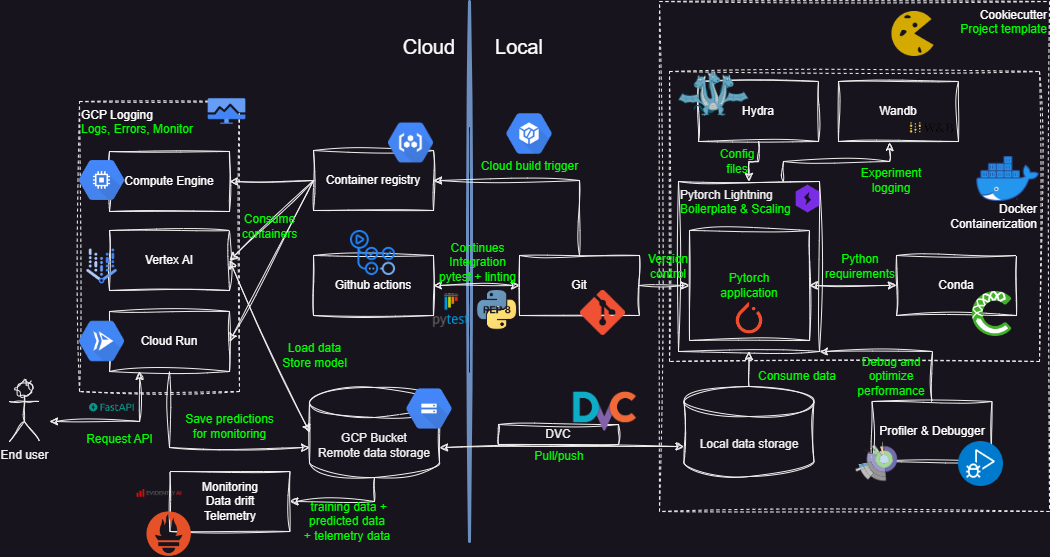 |
Pytorch is the backbone of our code, it provides the computational engine and the data structures that we need to define our data structures. |
 |
Pytorch lightning is a framework that provides a high-level interface to Pytorch. It provides a lot of functionality that we need to train our models, such as logging, checkpointing, early stopping, etc. such that we do not have to implement it ourselves. It also allows us to scale our models to multiple GPUs and multiple nodes. |
 |
We control the dependencies and Python interpreter using Conda that enables us to construct reproducible virtual environments |
 |
For configuring our experiments we use Hydra that allows us to define a hierarchical configuration structure config files |
 |
Using Weights and Bias allows us to track and log any values and hyperparameters for our experiments |
 |
Whenever we run into performance bottlenecks with our code we can use the Profiler to find the cause of the bottleneck |
 |
When we run into bugs in our code we can use the Debugger to find the cause of the bug |
 |
For organizing our code and creating templates we can use Cookiecutter |
 |
Docker is a tool that allows us to create a container that contains all the dependencies and code that we need to run our code |
 |
For controlling the versions of our data and synchronization between local and remote data storage, we can use DVC that makes this process easy |
 |
For version control of our code we use Git (in complement with Github) that allows multiple developers to work together on a shared codebase |
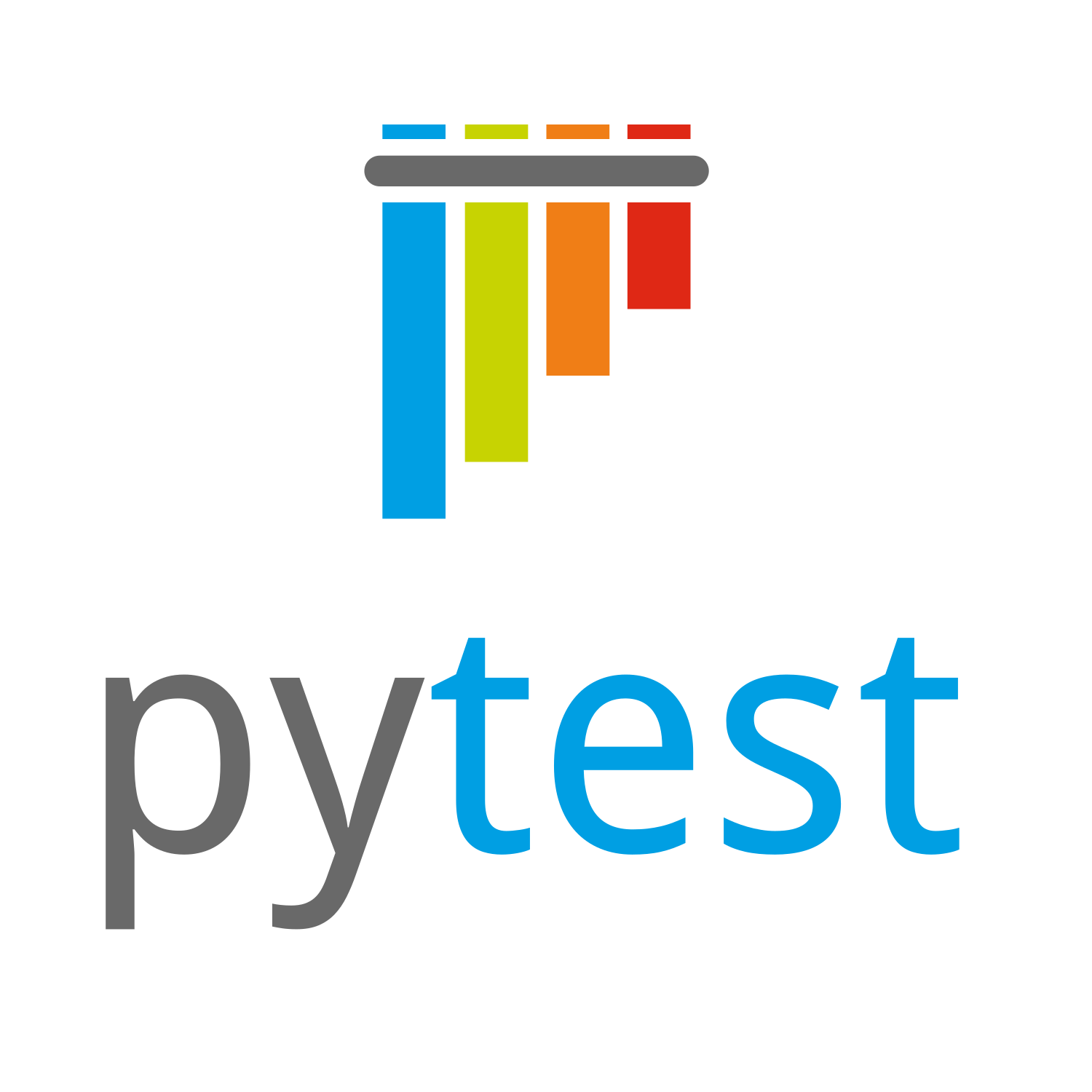 |
We can use Pytest to write unit tests for our code, to make sure that new changes to the code does break the code base |
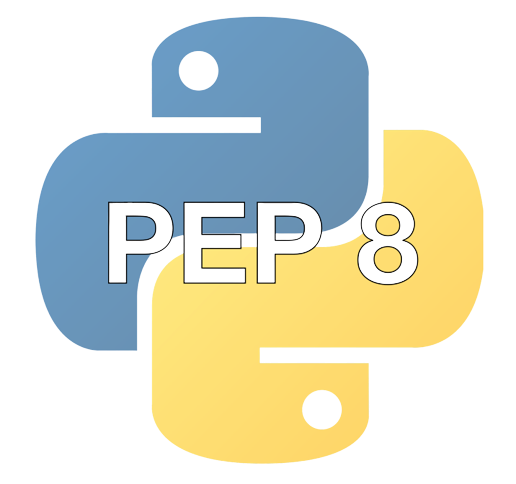 |
For linting our code and keeping a consistent coding style we can use tools such as Pylint and Flake8 that checks our code for common mistakes and style issues |
 |
For running our unit tests and other checks on our code in a continuous manner e.g. after we commit and push our code we can use Github actions that automate this process |
 |
Using Cloud build we can automate the process of building our docker images and pushing them to our container registry |
 |
Container registry is a service that allows us to store our docker images for later use by other services |
 |
For storing our data and trained models we can use Cloud storage that provides a scalable and secure storage solution |
 |
For general compute tasks we can use Compute engine that provides a scalable and secure compute solution |
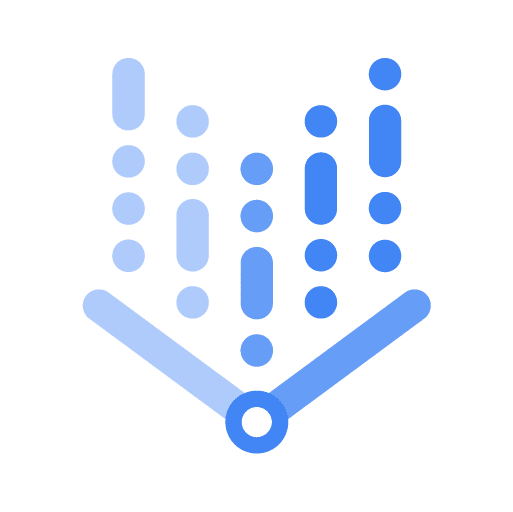 |
For training our experiments in a easy and scalable manner we can use Vertex AI |
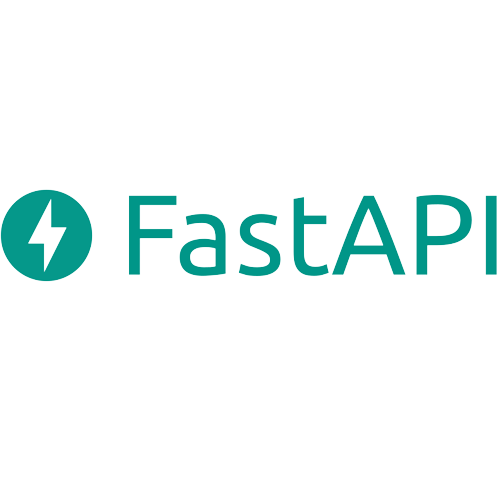 |
For creating a REST API for our model we can use FastAPI that provides a high-level interface for creating APIs |
 |
For simple deployments of our code we can use Cloud functions that allows us to run our code in response to events through simple Python functions |
 |
For more complex deployments of our code we can use Cloud run that allows us to run our code in response to events through docker containers |
 |
Cloud monitoring gives us the tools to keep track of important logs and errors from the other cloud services |
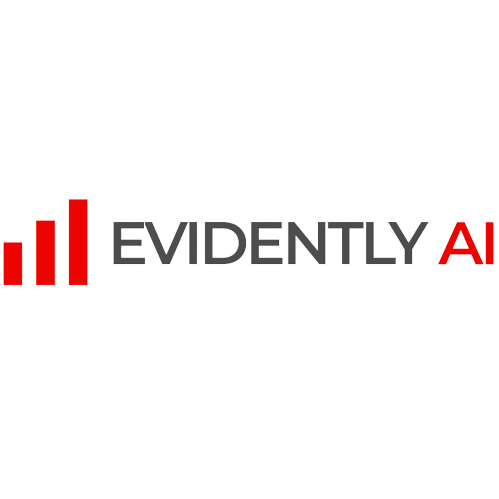 |
For monitoring our deployed model is experiencing any drift we can use Evidently AI that provides a framework and dashboard for monitoring drift |
 |
For monitoring the telemetry of our deployed model we can use OpenTelemetry that provides a standard for collecting and exporting telemetry data |
